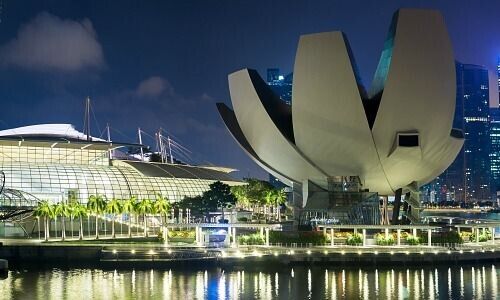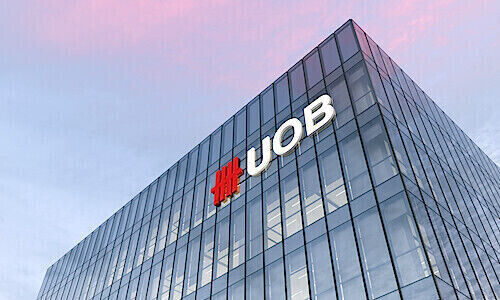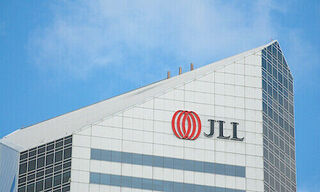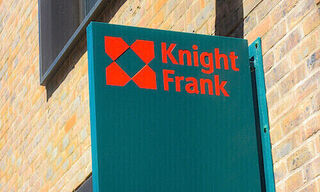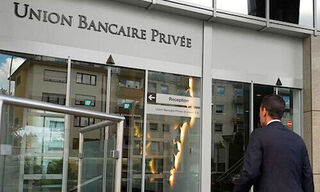Singapore’s new requirements for the Global Investment Programme aim to raise money for the local market. But are there sufficient targets around?
The Economic Development Board (EDB) announced recently to find more support for the local start-up ecosystem and the broader financial sector. However, this expectation brings a new challenge: how to ensure investments reach quality companies in Singapore? And are there enough good ventures to invest in?
«That's the challenge at the end of the day,» Tuck Meng Yee (pictured below), partner at Singapore-based single-family office JRT Partners told finews.asia.
Financing Environment
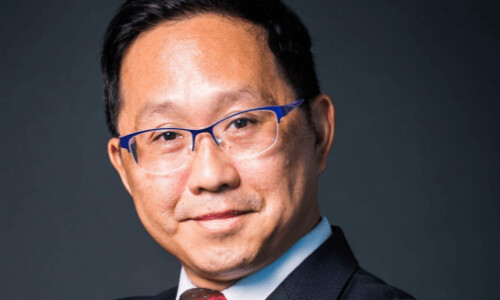
Tuck Meng Yee, JRT Partners (Image: JRT)
Thus, the Singapore government needs to build a financing investment environment for the local companies and family offices to put money into. Otherwise, people will simply invest in blue-chip stocks on the Singapore Stock Exchange (SGX).
«The government hasn't said on the (minimum) S$10 million investment, it has to be no more than X (some amount) percent in blue-chips. But the government hasn't done,» Yee said. «It is interesting to see whether the new requirement changes the composition of companies on the SGX. Or will that go into expanding the number of successful private companies?,» Yee added.
Evidence of Quality and Quantity
The new Global Investment Programme (GIP) regulation will affect the country in a better way, as the country wants more participants that committed to managing its investment. «It may mean that the numbers may drop, but it's a good evidence of quality over quantity,» Yee said.
Still, Singapore is a good base for international investment because it is easy to understand. In other jurisdictions, investors may need to deal with a very complex onshore tax environment.
Back to Normal
On the investment side itself, the global situation is now different from the last 10 years, when interest rates were low. That means almost all economies going back to normal stages with an average cost of money.
«We're going back to an environment for most of the world's time where the cost of money has not been free… now you're able to tilt the portfolio in a more balanced way between fixed incomes and equities,» Yee said. It will be an environment that rewards active managers, while people want better quality assets, he continued.
Volatile Environment
For JRT Partners, the investment strategy is heavily into alternative investments, private equity, hedge funds, venture capital, and a small portion of direct equities and bonds. The firm is mostly investing in the US with some China exposure.
In the current volatile environment, JRT Partners’ strategy will be less about geography and more about types of assets such as secondary funds and private. Backed by a Malaysian family, JRT Partners now holds a sizeable amount of assets which is sufficient to sustain a multi-asset portfolio along with its team, Yee said.

